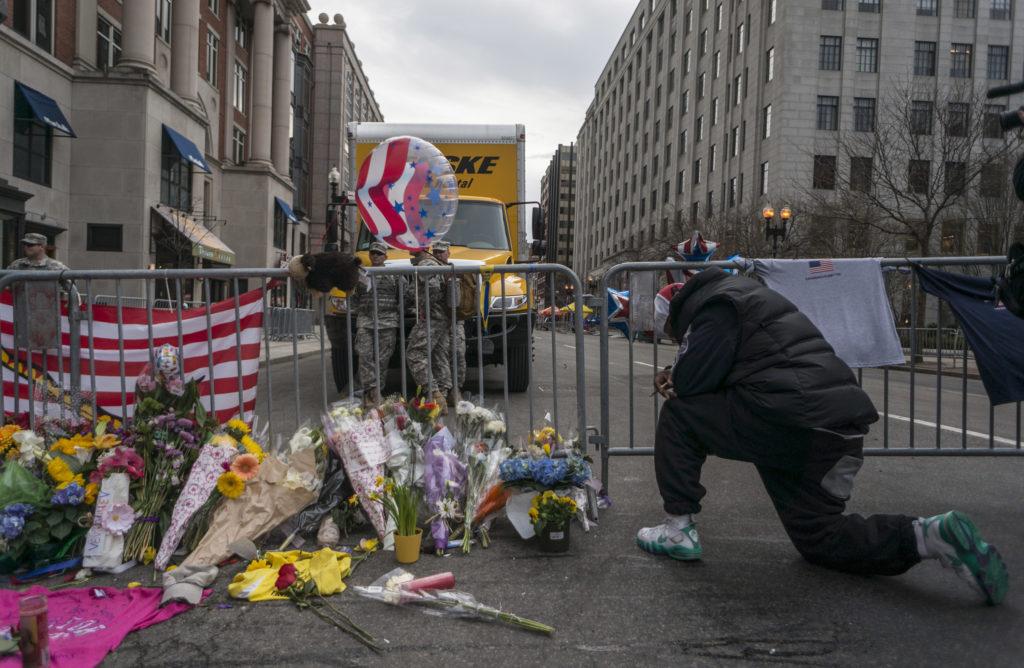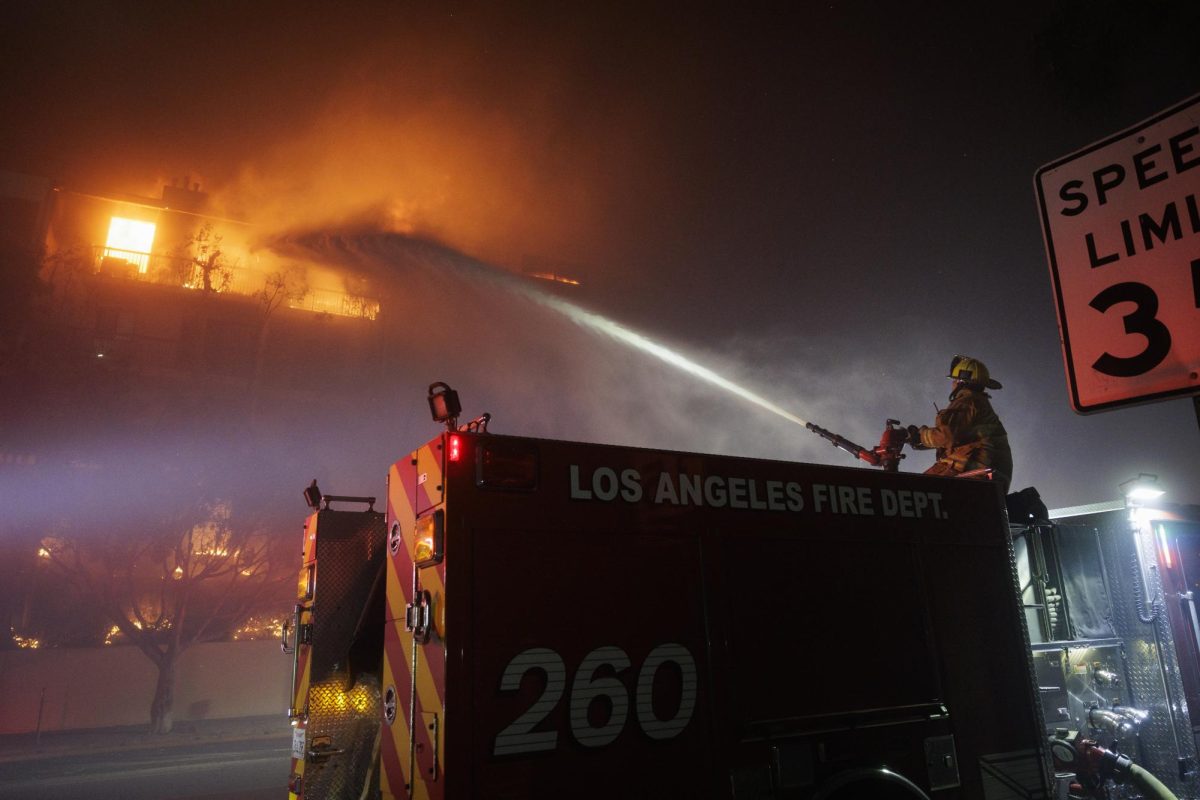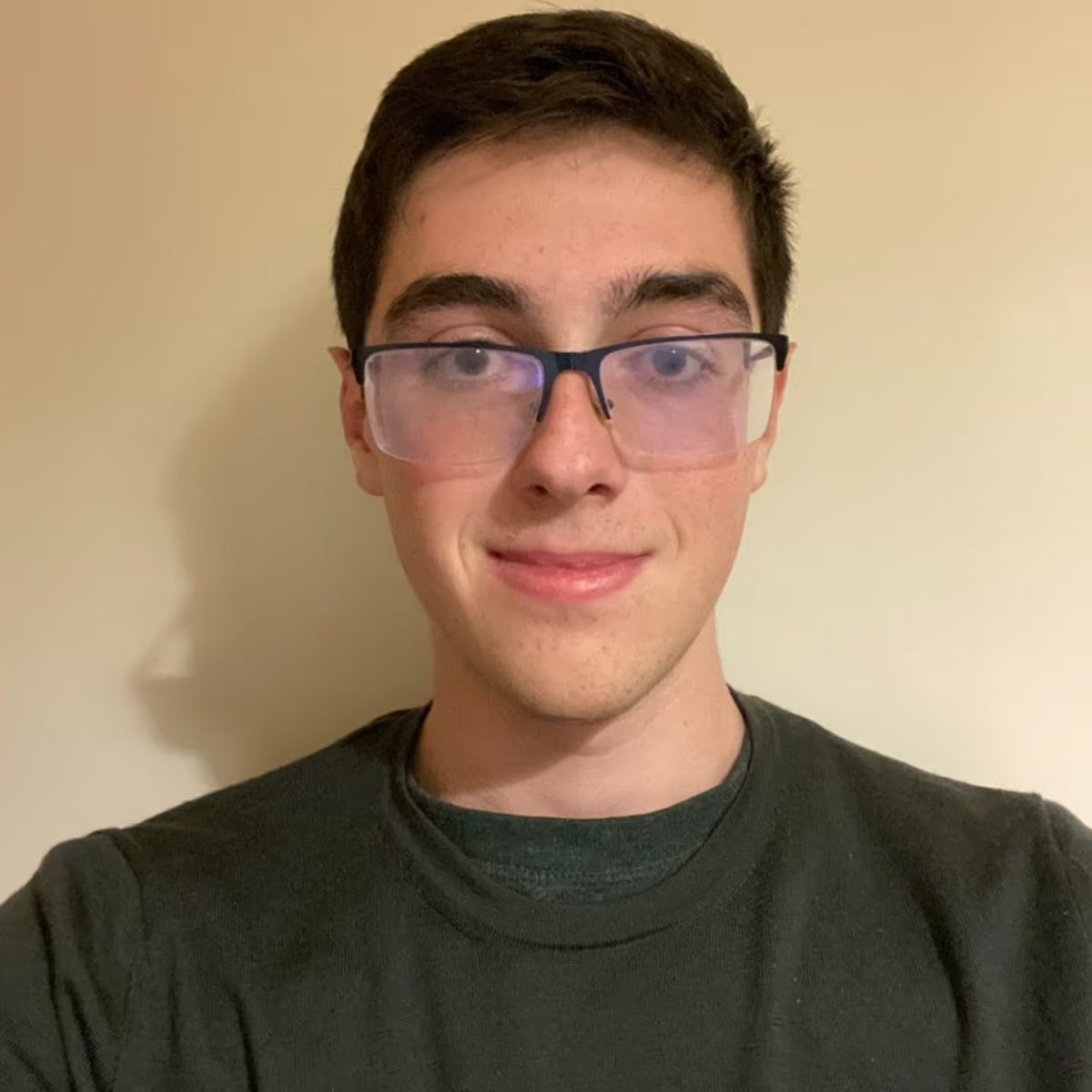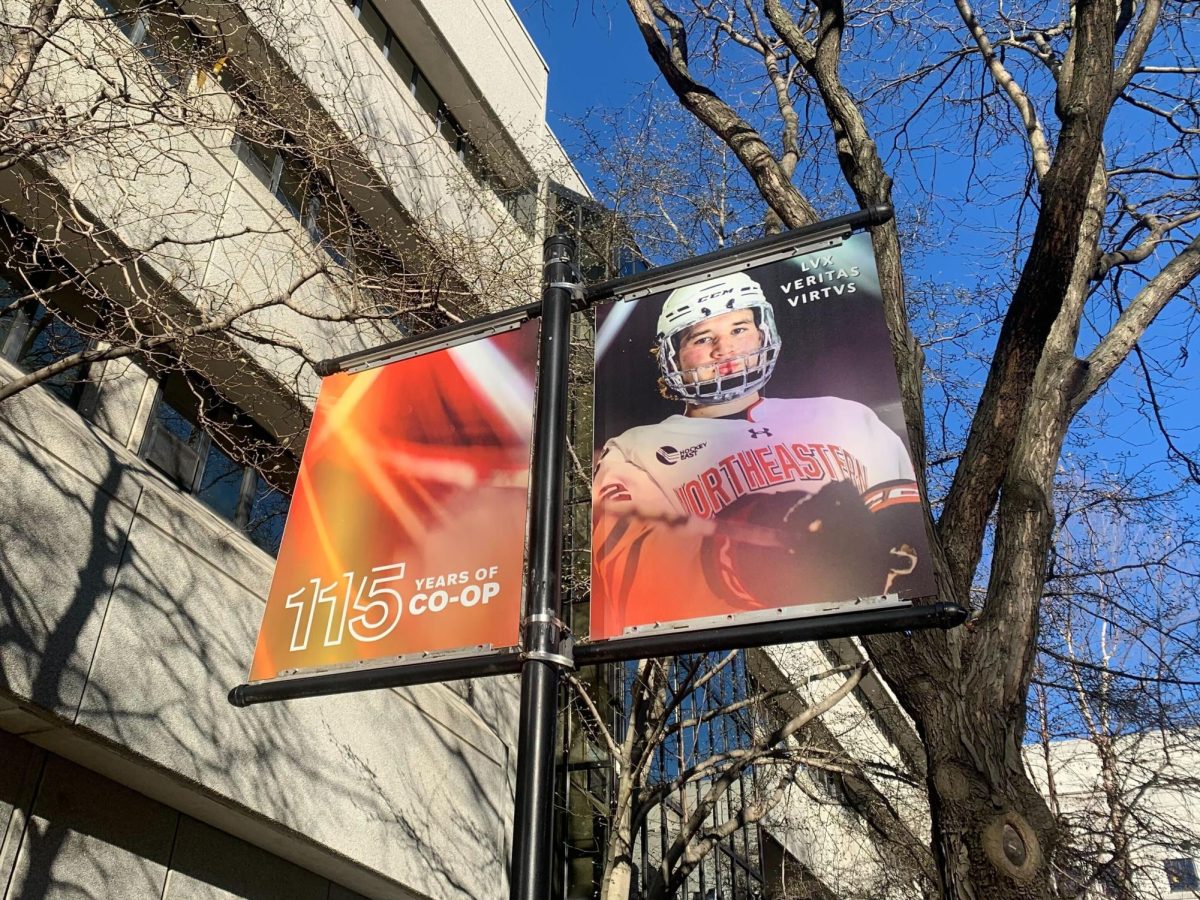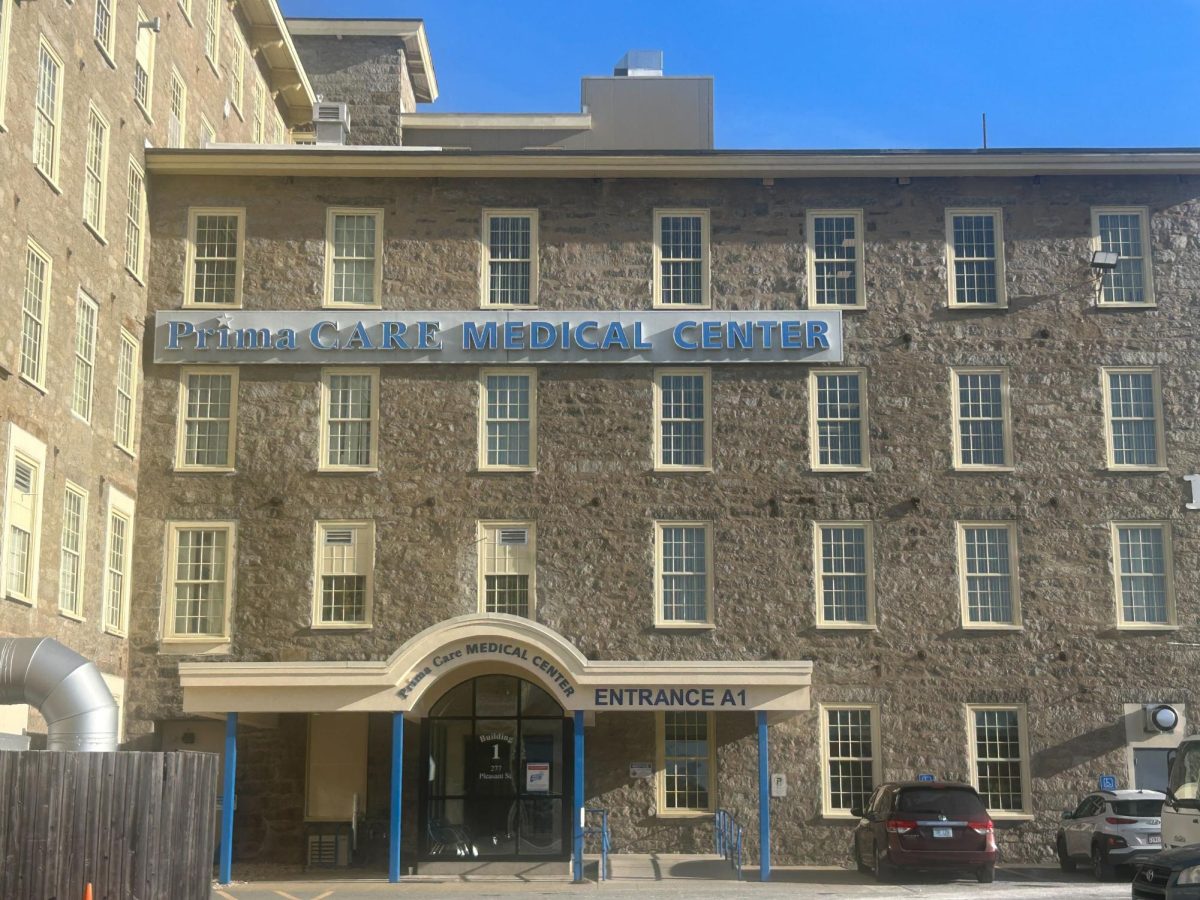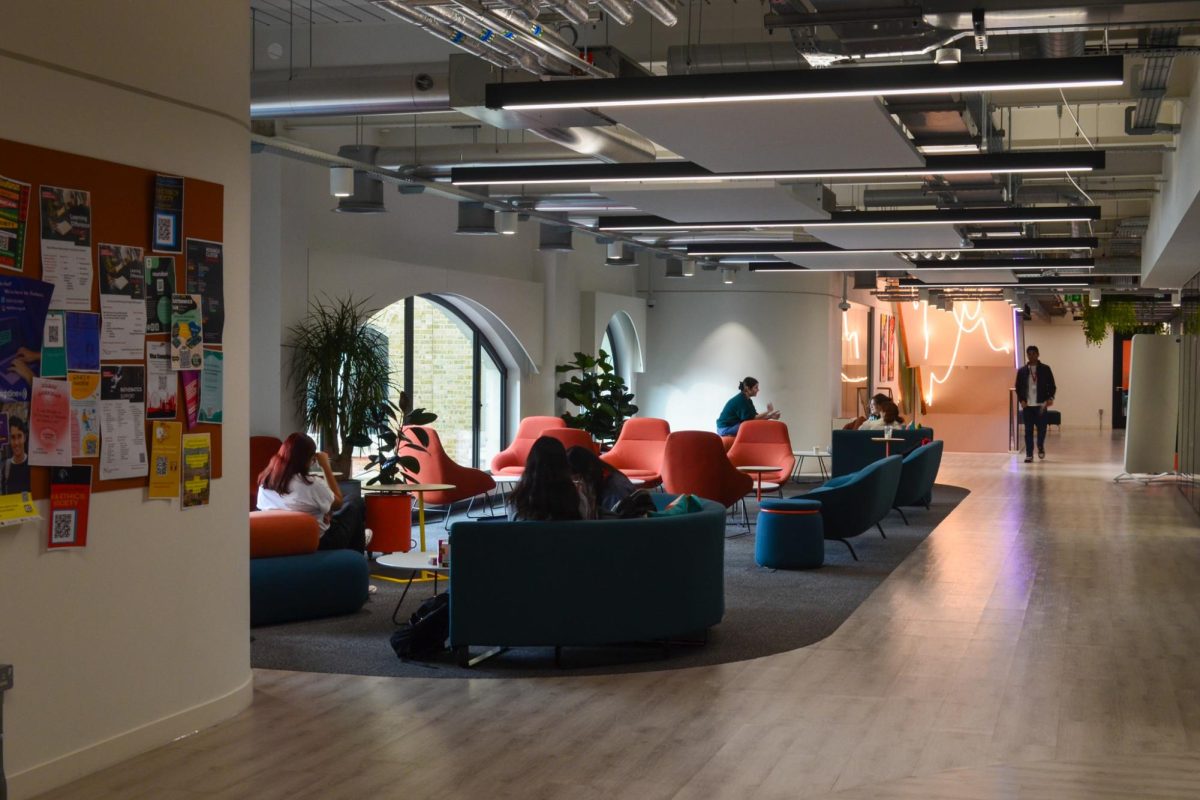By Jenna Majeski, news staff
Northeastern hosted two FBI agents to present a Cyber Division Briefing March 20 in the university’s newest auditorium. The event focused primarily on the 2013 Boston Marathon bombings and the FBI’s process of analyzing the case and catching the perpetrators.
The briefing was hosted by the Northeastern University Cybersecurity and Privacy Institute, the College of Computer and Information Science and the School of Criminology and Criminal Justice. Special Agent David Bell and FBI Boston Chief Security Officer John Petrozzelli gave the presentation.
To begin, Bell asked everyone to raise their hand if they knew someone who was running that day. The auditorium quickly filled with dozens of raised hands.
“Even when I ask this in Vegas there’s usually someone who raises their hand,” Bell said.
Jim Dinneen, director of industry partnerships at the Cybersecurity and Privacy Institute, said the number of people in just that room who raised their hands showed that the bombing particularly impacted the Northeastern community.
“Many of the people in the room had ties to victims, people running that day and/or the first responders who saved countless lives,” Dinneen said.
Three Northeastern students were among the dozens injured in the bombing.
As the FBI speakers presented photo evidence from the case, they said all of the different people pictured were affected in some capacity by the bombing; they discussed the people’s roles and who they were.
“I don’t say this to you to be a downer, but those are real people,” Bell said. “That’s sometimes lost and the reason we do this is for these people.”
Bell and Petrozzelli discussed the motives for attacks such as the Boston Marathon bombings. Bell said from a terrorist’s point of view, a high-profile event that attracts runners from across the globe is a target that will generate massive media content.
“There’s local, national and international media, so that’s something to keep in mind for this event,” Bell said.
Bell and Petrozzelli said bystanders’ willingness to step in and help during the marathon had a major influence on how they dealt with the case.
“There [were] citizens who were jumping in to take care of other people,” Petrozzelli said. “Those people helped save lives.”
The pair also mentioned the extensive amount of media evidence, attributing it to the younger generation’s tendency to capture photos and videos even in times of crisis.
“I’m always amazed in these kind of crises how many people take photos,” Bell said. “It would never occur to me to take photos.”
The FBI collected more than 675 pieces of digital media as bystanders willingly handed over their phones and cameras.
“I’ve never before or never since seen cooperation on that level,” Bell said.
Bell said one of these willing bystanders inadvertently handed over his child pornography collection, but said that was not a “top priority” at the time. This case was dealt with at a later time.
“We had every agent is the eastern hemisphere working on this case, every alphabet agency,” Bell said. “We had a terrorist running around our city, we didn’t have the luxury of time.”
The presentation offered an exclusive view on the procedures and struggles the FBI faced during the Boston Marathon bombings and allowed Northeastern students to see the demands of working in the FBI.
“This cross-cutting event informed students of the law enforcement profession. It helped explain how the FBI has identified and addressed its research needs to resolve and prevent terrorist events,” Dinneen said. “It informed students on how law enforcement professionals go about making their case in a court of law.”


